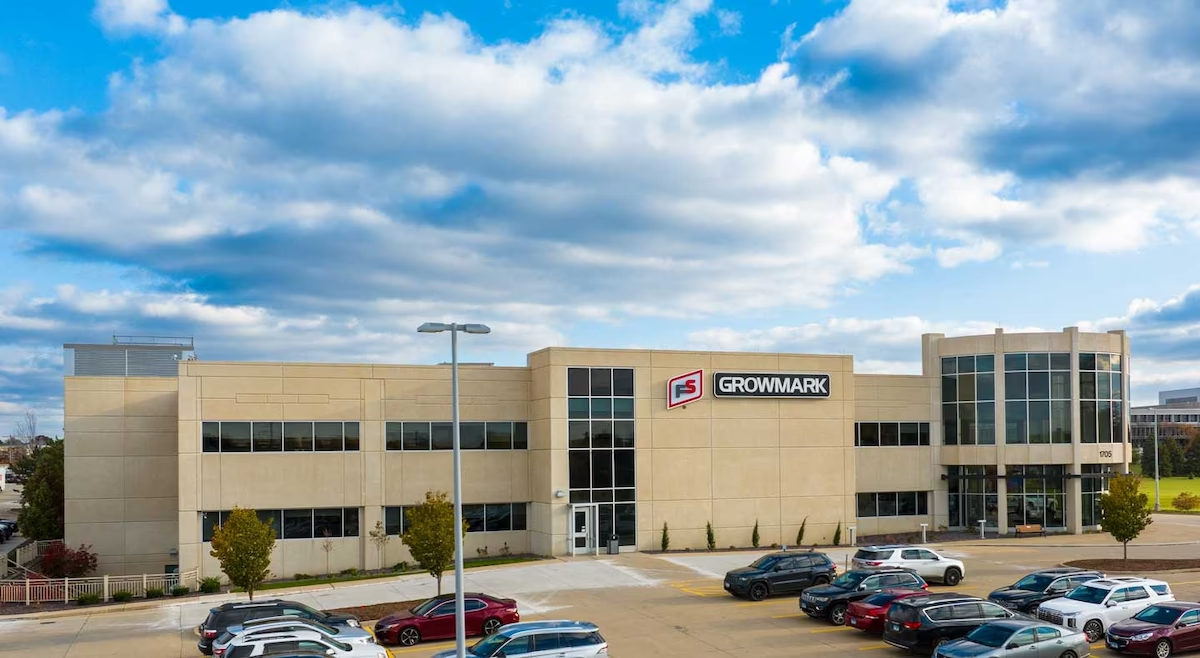Our journey into microlearning originated from our need to make remote training more effective for our deskless workers in the agricultural sector. Stemming from the traditional, cumbersome in-person sessions, we transitioned to engaging, mobile-accessible microlearning modules. This adaptation has not only addressed the logistical issues of travel but has also met our workforce where they are—often without easy access to traditional classroom environments.
All of those [229] cooperative companies have their own remote sales and delivery drivers, people that deliver fuel [...] And most of those guys, most of those people that do that do not have an office, do not have a computer. They just have their mobile phone and that's it.
Watch Curt Dunafin explain how he used microlearning to reach their remote workforce using product training 7taps. Powered by MicrolearningCONF.
Shifting from traditional training to microlearning
Our phased evolution toward this effective microlearning method, resulted in substantial improvement in product knowledge retention among our sales and delivery teams.
1. Evaluating traditional training methods
Initially, our training involved in-person sessions that stretched over two days. These were filled with vast amounts of information and often overwhelmed participants, without impactful retention. Recognizing this shortfall led us to consider alternative approaches.

2. Introducing in-person and webinar hybrid models
In 2018, we began blending in-person training with webinars. Although this broadened participation, it revealed limitations in learning retention and engagement, with limited pass rates for our Energy Advisor accreditations.
3. Transitioning to on-demand online training
By 2021, we embraced on-demand learning, utilizing learning management systems (LMS) and adult learning theories. This allowed for more controlled tracking of engagement and better retention rates for those utilizing the new system, albeit with continued low participation.
4. Implementing microlearning initiatives
By breaking down hour-long presentations into concise, focused modules sent bi-weekly to 700 participants, we saw a marked improvement in module completion and engagement. Each microlearning addressed specific concerns while allowing ease of shareability—a key feature for widespread understanding among our cooperative network.
5. Engaging with participants for continuous improvement
Utilizing feedback from training sessions, we've responded with content adjustments and enhancements, ensuring our materials remain relevant and valuable. Initiatives like user-sourced content contribute to the dynamism of the learning experience.
Results and takeaways
What began as a tedious, traditional product training requirement has blossomed into an agile, participant-centered experience. The microlearning approach not only introduced a cultural shift in how information is digested but fostered higher engagement levels, evidenced by rising completion rates and user anticipation for new releases. The number of participants opening and completing modules nearly doubled, with feedback indicating a strong alignment with deskless worker needs.
Microlearning has allowed for segments of our vast cooperative to stay informed and engaged without the previous constraints of extensive, non-mobile training operations. As we move forward, continual adjustments and enhancements will ensure even greater success and integration within our training protocols.
Try 7taps to leverage microlearning for remote training
Explore what 7taps can do for your team - sign up for free to take the first step towards more efficient and enjoyable learning.
💡More microlearning ideas for remote training
- Boost team performance and psychological safety
- Automate and streamline onboarding
- Energize leadership training
- Engage professional communities





